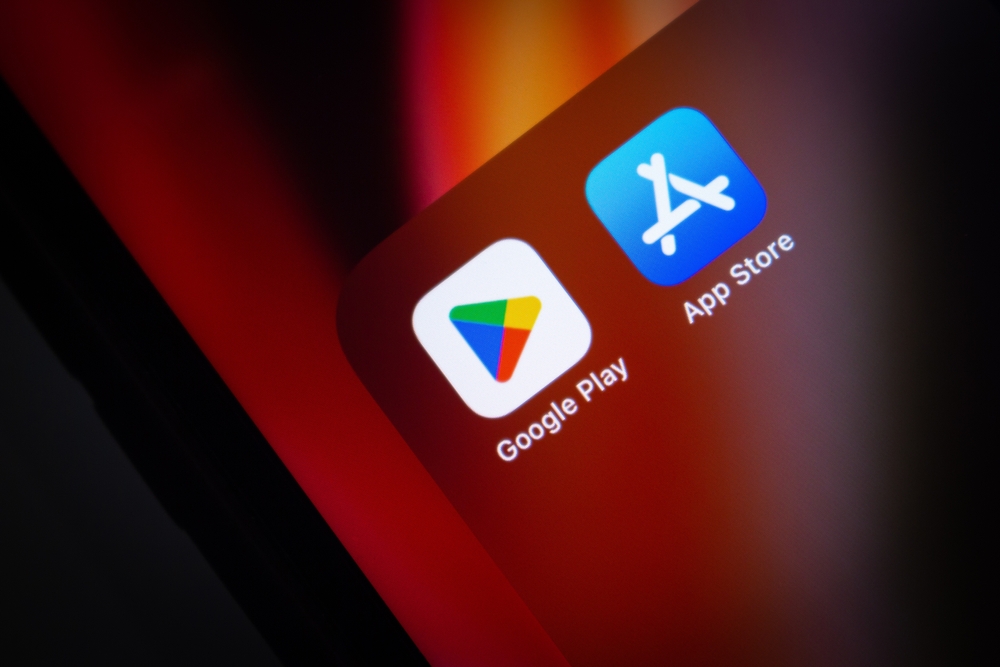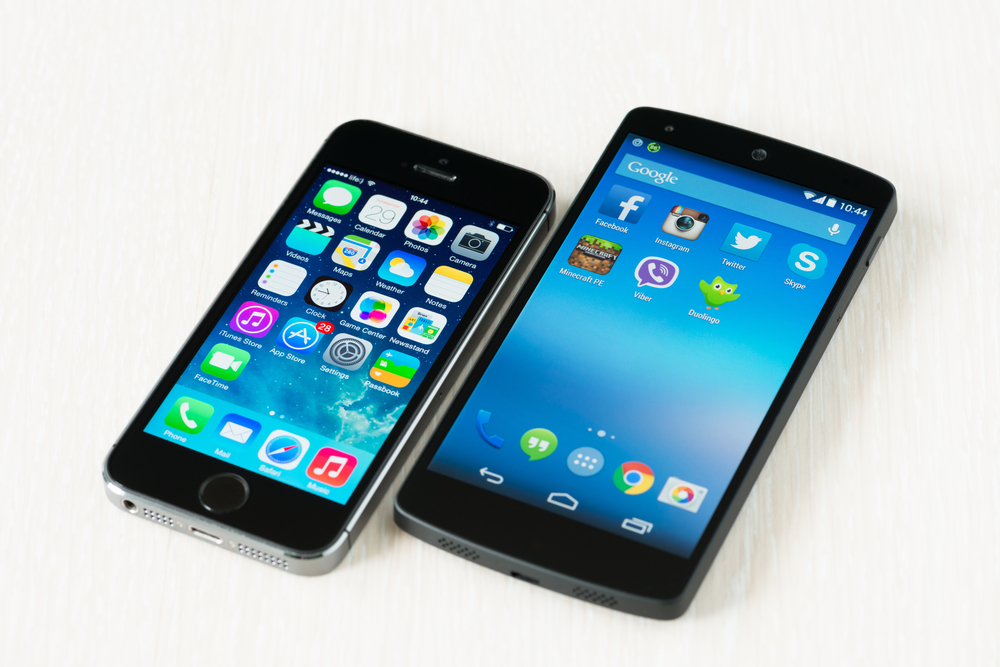
Mastering Mobile App Marketing: Expert Tips and Tricks for Successful Promotion

With over 2.87 million mobile apps available for download on Google Play and 1.96 million on the Apple App Store, it's no secret that the competition in the mobile app market is fierce. To stand out from the crowd and ensure the success of your mobile app, you need a well-defined marketing strategy. In this article, we will share expert tips and tricks to help you master mobile Android or iOS app marketing and achieve successful promotion.
1. Understand Your Target Audience
One of the most crucial steps in mobile App Store or Google Play app marketing is understanding your target audience. Knowing who your app is designed for will enable you to tailor your marketing efforts and effectively reach the right users. Conduct market research to identify the demographics, interests, and pain points of your target audience.
Once you have a clear understanding of your audience, create user personas. These personas will assist you in developing targeted messaging, selecting appropriate marketing channels, and optimizing your app's features to resonate with your target users.
2. Optimize Your App Store Listing
The app store listing is your first impression on potential users. To maximize your app's visibility and conversion rate, you must optimize your app store listing. Here are a few key elements to focus on:
Title:
Choose a catchy and descriptive title that conveys the core purpose of your app. Incorporate relevant keywords to enhance discoverability.
Description:
Write a compelling and concise description that articulates the unique value proposition of your app. Highlight key features and benefits to entice users to download.
Keywords:
Research and select relevant keywords that users are likely to search for. Incorporate these keywords in your app's metadata to increase visibility in search results.
Screenshots and Videos:
Use high-quality screenshots and videos to showcase your app's interface, features, and functionalities. Visual content can significantly influence users' decision to download your app.
3. Implement App Store Optimization (ASO)
App store optimization (ASO) is crucial for improving your app's visibility and organic downloads. Here are some ASO best practices:
Keyword Optimization:
Research and analyze the most relevant keywords for your app. Incorporate these keywords in your app's title, description, and keyword field to improve search rankings.
Localization:
Localize your app store listing for different markets by using the appropriate language, keywords, and cultural nuances. Localization helps you reach a wider audience and increase downloads.
Ratings and Reviews:
Encourage users to leave positive ratings and reviews for your app. Respond to user feedback and address any negative reviews promptly to show your commitment to improving user experience.
Updates and App Maintenance:
Regularly update your app with new features, bug fixes, and improvements. Keeping your app up-to-date demonstrates your dedication to providing a seamless user experience.
4. Leverage Social Media and Influencer Marketing
Social media platforms are excellent channels to create buzz and generate awareness for your mobile app . Some effective strategies include:
Creating Engaging Content:
Develop compelling visual and written content that aligns with your app's value proposition. Share informative and entertaining posts to engage with your target audience.
Running Contests and Giveaways:
Create excitement and encourage people to try your app by organizing contests and giveaways. Offer incentives such as promotional codes, free premium features, or exclusive access to boost downloads.
Partnering with Influencers:
Identify influencers in your niche with a significant following and engaged audience. Collaborate with them to promote your app through sponsored posts, reviews, or endorsements.
5. Use App Install Campaigns and Advertising
App install campaigns and advertising can effectively drive app downloads and increase brand visibility. Consider the following options:
Google Ads and Apple Search Ads:
Run targeted ads on Google and Apple platforms to reach users actively searching for apps similar to yours. Customize your ad copy with compelling messaging and calls to action.
Mobile Ad Networks:
Explore mobile ad networks such as Facebook Ads, Twitter Ads, and AdMob to display ads within popular apps or target specific user segments.
App Install Banners and Interstitials:
Display app install banners and interstitial ads within your own app or partner apps to drive downloads. Ensure these ads are strategically placed and designed to attract users' attention.
Frequently Asked Questions
1. How long does it take to see results from mobile app marketing?
The timelines for seeing results from mobile iOS or Android app marketing vary depending on various factors such as your app's niche, target audience, marketing efforts, and competition. Generally, it takes a few months of consistent and strategic marketing to start seeing significant results.
2. Should I focus on organic or paid user acquisition?
Both organic and paid user acquisition strategies are crucial for mobile Google Play or App Store app marketing success. Organic acquisition helps you build a strong user base, while paid acquisition can rapidly boost downloads and increase visibility. A combination of both approaches is recommended for best results.
3. How can I encourage user retention and engagement?
User retention and engagement are vital for sustainable app success. Implement strategies like personalized push notifications, in-app rewards, gamification, and regular content updates to keep users engaged. Listen to user feedback and continuously improve your app based on their needs and preferences.
4. Are there any alternative app stores besides Google Play and the App Store?
Yes, there are several alternative app stores such as Amazon Appstore, Samsung Galaxy Store, and Huawei AppGallery. These stores cater to specific device users and can provide additional exposure for your app.
5. How can I measure the success of my mobile app marketing efforts?
Use analytics tools like Google Analytics, Firebase, or Flurry to track key performance indicators (KPIs) such as downloads, app store conversions, user engagement, and retention rates. Regularly analyze the data and make data-driven decisions to optimize your marketing strategies.
Mastering mobile app marketing is a complex process that requires careful planning, continuous optimization, and consistent efforts. By understanding your target audience, optimizing your app store listing, implementing ASO, leveraging social media and influencer marketing, and using app install campaigns and advertising, you can increase your app's visibility, downloads, and overall success. Remember to monitor your app's performance and adapt your strategies as needed to stay ahead of the competition.
Other useful resources
- https://simple.wikipedia.org/wiki/App_Store_(iOS)
- https://en.wikipedia.org/wiki/App_store_optimization
- https://www.appguru24.com/android-app-promotion/